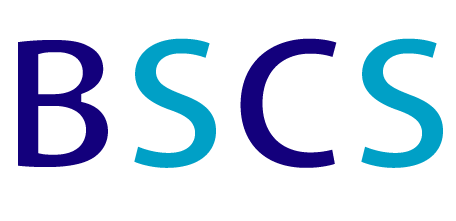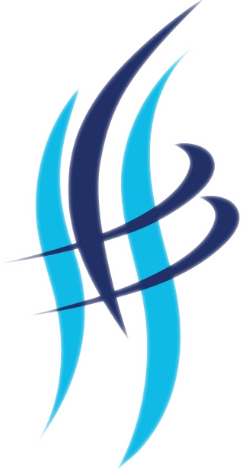ISO 45001:2018 replaces OHSAS 18001:2007 as the globally recognized occupational health and safety management system certification standard. While it is similar to OHSAS 18001, the new ISO 45001 standard adopts the Annex SL top-level framework of all new and revised ISO management system standards
Transition from OHSAS 18001:2009 to ISO 45001:2018
ISO 45001 is anticipated to replace OHSAS 18001 over three years following its publication. It uses the management system standard structure guideline Annex SL to allow for simplified integration with other management system standards, such as ISO 9001 and ISO 14001.
How to make the transition?
• Obtain a copy of ISO 45001:2018.
• Identify the gaps in your existing OHSAS 18001 system which need to be addressed to meet any new requirements.
• Develop an implementation plan.
• Ensure that any new competence needs are met and create awareness for all parties that have an impact on the effectiveness of the OHSAS.
• Update the existing OHSAS to meet the new requirements and provide verification of its effectiveness.
• Where applicable, liaise with your certification body for migration arrangements.
Benefits of ISO 45001:2018
• Improve employees morale and safety
• Savings in cost for insurance premiums
• Reduced occupational health & safety risks
• Prevention of potential accidents and ill health
• Enhance reputation among regulators, customers and public
How can BSCS assist you?
BSCS provides ISO 45001 management system training and consultancy services. We offer specialized expertise and extensive practical experience to assist client in developing management systems from the initial concept to establishment and successful implementation of the management systems.
We use the following consultation approach to assist you in achieving certification:
1. Identify areas requiring improvement or development within your current Management System
2. Prepare a strategic action plan, in conjunction with your company personnel, to address those improvement areas and assist with the communication of these requirements to key personnel at all levels
3. Provide system-related trainings for your company personnel to create awareness and provide them with the necessary knowledge and skills in the implementation of systems
4. Provide assistance and advice on the development and implementation of systems, including preparation of documentation
5. Advise and assist, if required, with the preparation and submission of applications to your certification body
6. Assist with the development of internal auditing procedures and training
7. Conduct internal audit to ensure the effective implementation of the management system prior to final audit by your certification body
8. Conduct Management Review Meeting to review performance of management system and identify areas for improvement prior to final audit by your certification body

